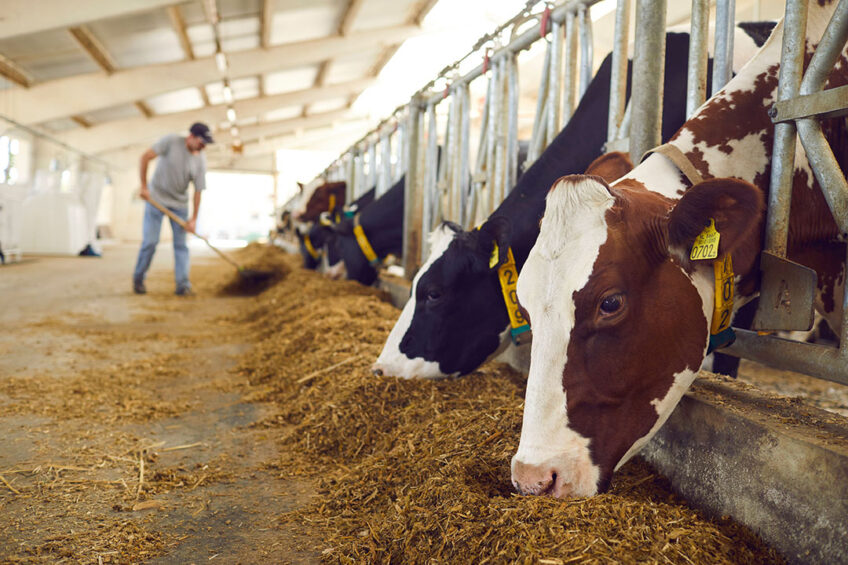Raising global food supply through changes in livestock & fish feeding

Changes to the way livestock and fish are fed could supply food for one billion people without requiring additional production.
Researchers from Aalto University, Finland, believe that reorganising food production systems to direct more agricultural by-products and residues would free enough material to feed more of the growing global population.
At present, millions of people across the world face the threat of famine or malnutrition, and the production of feed for livestock and fish is tying up limited natural resources that could be used to produce food for people.
The research found that simple changes would increase the global food supply significantly, providing calories for up to 13% more people without major dietary changes.
Wheat productions used for feed vs food
Currently, nearly a third of cereal crop production is used as animal feed and around a quarter of captured fish aren’t used to feed people. Matti Kummu, an associate professor of global water and food at Aaolto University, led a team that look at the potential of using crop residues and food by-products in livestock and aquaculture production.
Kummu said: “This was the first time anyone has collected the food and feed flows in this detail globally, from both terrestrial and aquatic systems, and combined them together. That let us understand how much of the food by-products and residues is already in use, which was the first step to determining the untapped potential.”
The team analysed the flow of food and fed, as well as their by-products and residues, through the global food production system. They then identified ways to shift these flows to produce a better outcome.
Study: Redirecting cereal production from feed to food
One example was for livestock and farmed fish to be fed food system by-products, such as sugar beet or citrus pulp, fish and livestock by-products and even crop residues, rather than materials fit for human consumption.
With these changes, up to 10-26% of total cereal production and 17m tons of fish (around 11% of current seafood supply) could be redirected from animal food to human use. This could lead to food supply gains of between 6-13% in terms of calorific content and 9-15% in terms of protein content.
That might not sound a lot, but that’s food for up to about one billion people
– Aalto’s Vilma Sandstrom, the first author of the study
Study: Reducing food loss and waste
The findings follow earlier studies from Kummu’s group which showed that reducing food loss and waste by half would increase the food supply by about 12%. Combined with using by-products as feed, that would be about one-quarter more food.
The researchers admitted that some of the changes would lead to a drop in livestock productivity and accepted the challenge that the human-edible food currently used in livestock production and aquaculture is different from the food people are used to. For example, a different variety of corn is used in feed industries and some of the grains are lower quality, while the fish used in fish-meal production tends to be small, bony fish that currently aren’t popular with consumers.
But overcoming these hurdles could result in substantial gains, said Sandstrom: “We’d need to reorganise the food system so that the industries and producers with by-products can find the livestock and aquaculture producers who would need them. And some of the by-products would need processing prior to using them as feed.”







